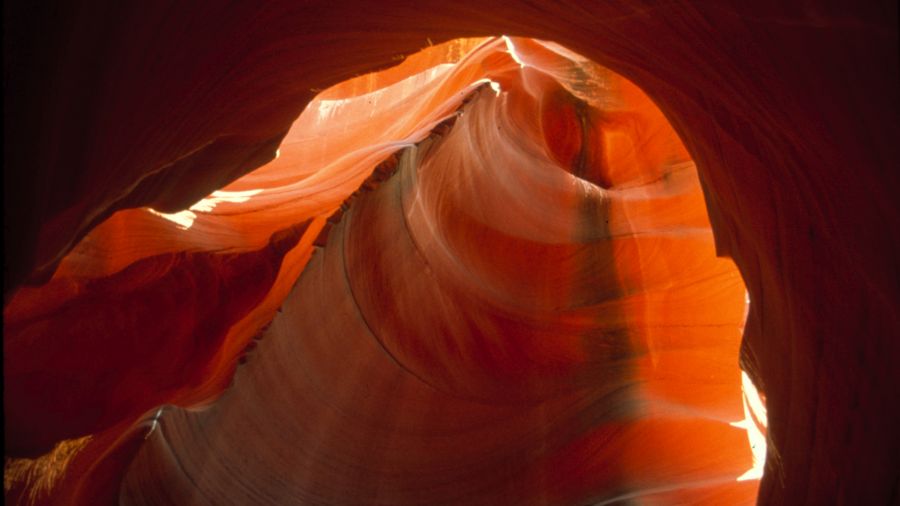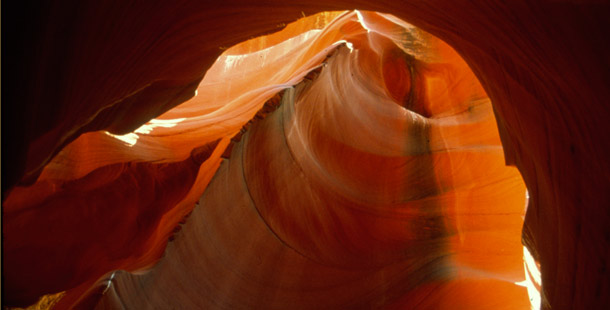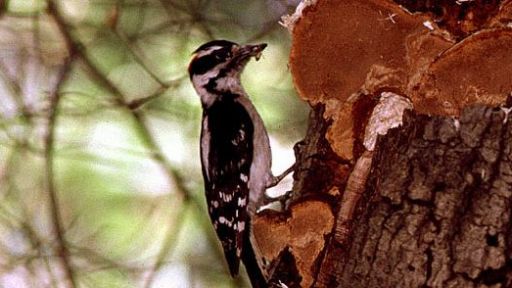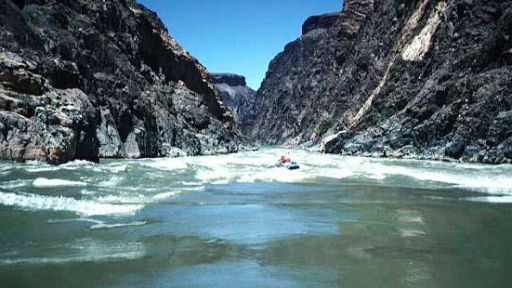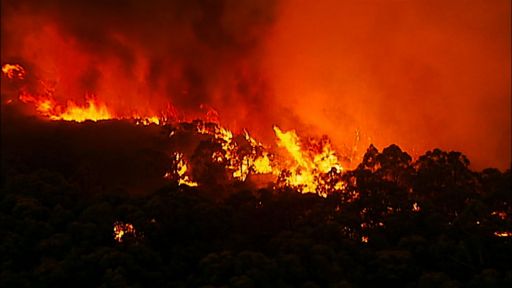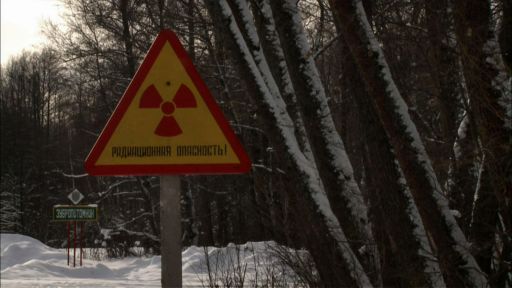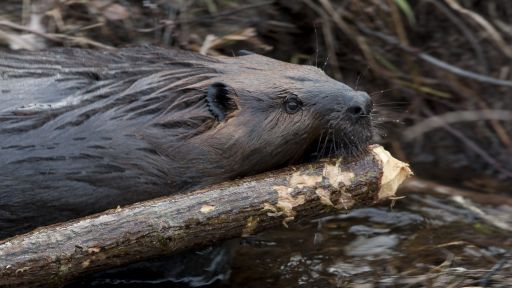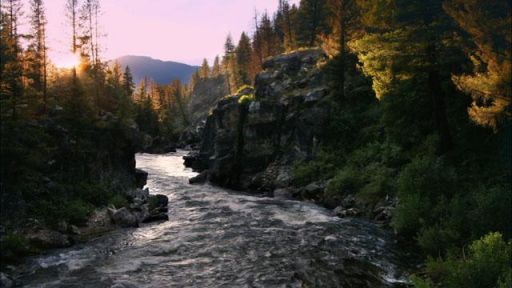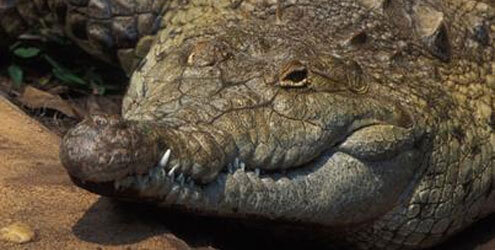An unforgettable view. To see the Grand Canyon for the first time is an experience few people will forget. The canyon vista — with its incomprehensible size, deep color, and rich display of rock layers — is unmatched by any natural display on Earth. But while the rock formations may seem arid and lifeless, the Grand Canyon is home to an astounding variety of creatures. In its mile-deep plunge, the Grand Canyon’s terrain ranges from conifer forest to desert, with river niches in between.
These different habitats allow a great diversity of wildlife to live throughout the canyon. Looking down from the rim, you might spot a bighorn sheep casually walking up a nearly vertical grade or a chuckwalla lizard basking in the sun. At the bottom, you might catch a glimpse of the Colorado River as it rushes along the canyon floor.
The canyon is a monument to its own creation, owed mostly to the mighty Colorado River. Flowing from the Rocky Mountains to the gulf of California, the Colorado River is the carving force behind this 277-mile-long chasm. This water source is also the lifeline for the many animals that live at the base of the Canyon. From there, you can follow the 6,000-foot walls as they rise from the water, a visual chronology of the six million years it took to form the canyon.
From forest above to desert below, the Grand Canyon is made up of environments of the most extreme nature, and both resident animals and visiting humans must adapt to them. Above the canyon, floor birds and bighorn sheep enjoy life on the literal edge as sheer cliffs drop thousands of feet below. Several thousand feet down, Gila monsters hunt for Gambel’s quail nests in order to devour the eggs. Walking the canyon can be more demanding for humans than wildlife, since most visitors have never experienced this kind of dry, thin air, high altitude, and frightening vertical drop. A hike down the rocky steeps is not as easy as it looks from the top. While the rock face is a little more than one vertical mile, the walk is seven miles long.
Switchback trails take the sting out of the slope, but they lengthen the distance to your destination. Add to this a starting elevation of 9,000 feet above sea level on the North Rim (7,000 on the South Rim), and your heart might start racing rather quickly — especially on your return ascent. If you make it to the canyon floor and the river, you are still about 2,500 feet above sea level.
Water is essential — and scarce. Even though the Colorado River can flush thousands of cubic feet of water per second through the canyon, not a drop is potable. The Grand Canyon National Park Service provides water stations during the summer, but recommends that hikers take at least a gallon of water on a day hike, since the dry Arizona air can quickly draw moisture out of a body.

